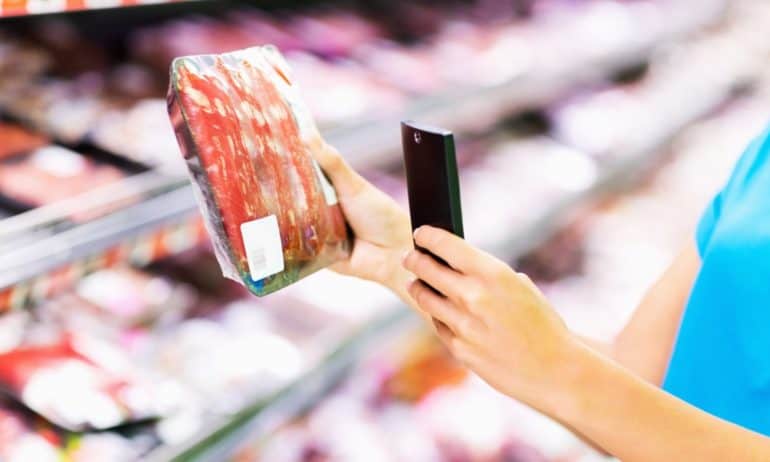Can artificial intelligence save our food system? From precision farming to personalized nutrition, there are many potential technological applications in farming, food production, and food consumption. However, technological performances, user acceptance, and practical applications of the technology continue to pose challenges. In this three-part series, Chiara Cecchini investigates the main challenges and opportunities of this niche, exploring how we might use artificial brains leverage to ensure healthy lives and promote well-being.
As previously written, artificial intelligence (AI) is a non-human brain that gathers, analyzes, and interprets an amount of data that a human being would not be able to manage in an entire life. The concept of AI was introduced in 1950, when computer science pioneer Alan Turing described “a moment where humans would have been able to speak with machines without being contradicted.”
Many say this moment is now. As Professor Klaus Schwab states, “the Fourth Industrial Revolution is already here.” Technological costs are decreasing, IT and operational technology are converging, big data and cloud are a democratized reality, as well as devices, and investments have soared.
However, there’s still a great deal of skepticism among consumers. Some main concerns are losing jobs, losing control, and being replaced. But there are other perspectives to look at this technology, and many in the food industry are speeding up for maximizing opportunities.
As eaters, we base our daily food choices on personal knowledge and previous experiences. However, artificial brains can accurately create enormous food databases, analyze them, ask questions, and get answers. According to Murray Shanahan, Professor of Cognitive Robotics at Imperial College London, “We are just at the beginning of this process,” and final judgments are still made by humans. Machines advise, eaters choose—as humans using AI, we are still in control.
There are few companies exploring artificial brains with an aim to ensure healthy lives and promote well-being. Wellio for example, is a San Francisco-based startup that uses machine learning and behavioral science to build and recommend personalized recipes. They advise, but they don’t choose for the consumer. Their mission, according to the CEO Tjarko Leifer, is to “decode how meals are prepared and enjoyed at home.”
Zipongo is also striving to bridge food and wellness with AI. The company offers a digital nutrition platform that “takes the guesswork out of healthy eating with personalized meal recommendations based on biometrics and food preferences.”
Neil Grimmer, Habit CEO, explains, “We all deserve to know what foods are best for us—and often that means knowing our bodies and ourselves at the cellular level.” He envisions a world where we move beyond food pyramids, plates, and generic advice—a world where DNA analysis, artificial intelligence, and food databases are combined for reaching tailor-made nutritional patterns.
According to Prof. Matthew Lange, Director of IC-FOODS at the University of California-Davis, this will shape a world where market forces are aligned with positive social outcomes. A market where companies compete to be more transparent, traceable, and trustworthy in their delivery of healthier, more sustainable, and more delicious foods.
According to Klaus Schwab, Founder and Executive Chairman of the World Economic Forum, AI will remove irrational exuberance, enhancing science, rational decisionmaking, and energy sufficiency. Artificial intelligence can also play a role in paving the way to achieving the 7 Sustainable Development Goals, the main KPIs of Agenda 2030, which was adopted by all United Nations member states in 2015 in order to track progress and ensure accountability in tackling the main political, environmental, and social challenges of modern days.
Read Part 1: Artificial Intelligence in the Food Industry: How to empower consumer decision making
Read Part 3: Artificial Intelligence in the Food Industry: Empowering Farmers’ Decision-Making











